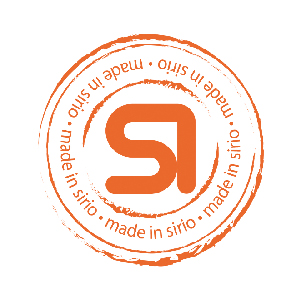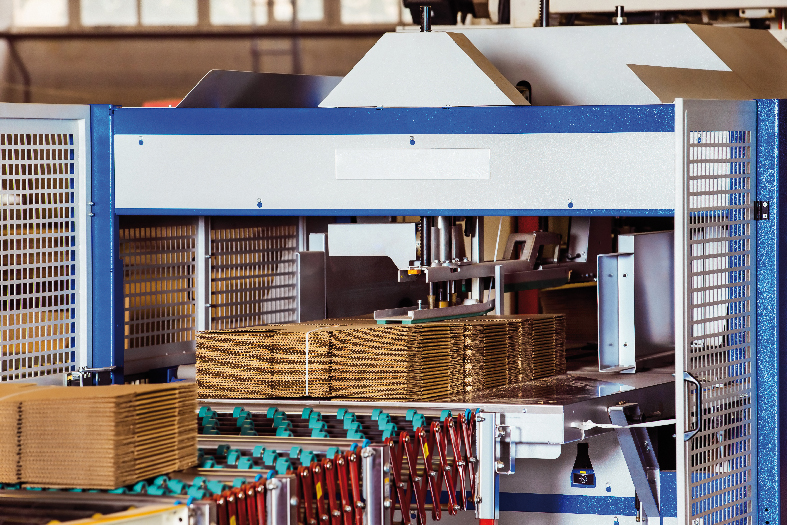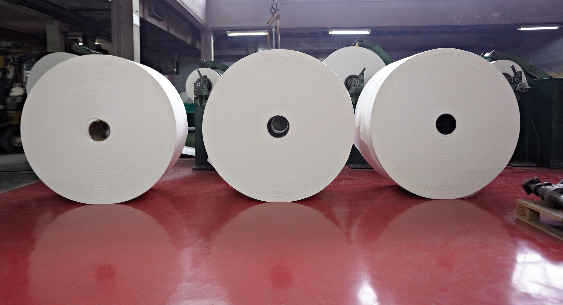Enterprise resource planning software was originally created for office environments, but over the years it has evolved and today is extended to support all business activities, especially in production processes
 Here, then, is an Enterprise resource planning software that is no longer just a program for administrative and management, but has become an essential tool in optimising the use of machines. We are well aware that improving the production process is essential in manufacturing. It is not just a question of minimising downtime or respecting delivery times to customers, but it is about making a significant improvement of quality in terms of competitiveness.
Here, then, is an Enterprise resource planning software that is no longer just a program for administrative and management, but has become an essential tool in optimising the use of machines. We are well aware that improving the production process is essential in manufacturing. It is not just a question of minimising downtime or respecting delivery times to customers, but it is about making a significant improvement of quality in terms of competitiveness.
In fact, the competitiveness of a manufacturing company is also measured by a reduction of losses and inefficiencies of its production. This is only possible through the knowledge and use of key KPIs (Key Performance Indicators) of its production (such as the OEE, which we will discuss in more detail in a moment).
The path toward improvement begins by optimising the planning of production and logistics and continues on with a precise measurement of resources.
How to improve company production processes
 More than an ERP as we know it, the ideal way to optimise the use of machinery is a half-way solution that combines the characteristics of an Enterprise resource planning software with the advantages of a Manufacturing Execution System (MES): a program that is able to synchronise company management and its production process, optimising the use of productive resources through sophisticated mathematical algorithms that define the most effective planning of operations and optimal matching of the orders in the portfolio, so as to determine the lowest cost of production and drastic reduction of set-up times.
More than an ERP as we know it, the ideal way to optimise the use of machinery is a half-way solution that combines the characteristics of an Enterprise resource planning software with the advantages of a Manufacturing Execution System (MES): a program that is able to synchronise company management and its production process, optimising the use of productive resources through sophisticated mathematical algorithms that define the most effective planning of operations and optimal matching of the orders in the portfolio, so as to determine the lowest cost of production and drastic reduction of set-up times.
In fact, with the adoption of a MES system, which automatically collects production data, it is possible to obtain reliable and timely information that identifies inefficiencies and allows the company to take countermeasures necessary to reduce or eliminate them. Therefore, not just production.
To improve production processes, therefore, a flexible solution is needed that manages all the available resources, not only in internal but also external production processes and in work for third parties. A program that accompanies the company throughout its growth through:
- The optimisation of production processes;
- The minimisation of order processing times;
- Error reduction;
- The coordinated management of production, administration, commercial sector and warehouse logistics.
Before going into detail about each of these functionalities, it is necessary to underline how, compared to a traditional ERP, the ERP of a manufacturing company must first be an integrated system, to maximise the profitability and the efficiency of machinery. This is necessary in order to natively share all the most important information, from the planning of production up to the optimisation of deliveries, passing through a more advanced management of all problems, from commercial to warehouse logistics.
Optimising the use of machines with Enterprise resource planning software
 Is it possible to optimise the use of machines with Enterprise resource planning software? Certainly yes, the new generation ERPs are able to do this as well. Provided, however, that you choose modular and scalable solutions that guarantee total integration of the various company sectors.
Is it possible to optimise the use of machines with Enterprise resource planning software? Certainly yes, the new generation ERPs are able to do this as well. Provided, however, that you choose modular and scalable solutions that guarantee total integration of the various company sectors.
Let’s take a look at what the main features are that allow the program to govern the machinery in order to optimise their daily use:
- Needs management
- Production planning
- Optimisation of machine loads
- Management of goods being processed
Needs management
This functionality allows you to ascertain everything that is necessary to obtain the finished product, from the materials needed to the ideal quantities up to the most correct procurement methods based on the production planning implemented.
This allows a company to minimise its stock while ensuring “secure levels” to fulfil all customer orders as quickly as possible.
Production planning
The system must allow production planning starting from customer orders, planning the entire process in real time, so as to monitor the availability of the material, etc.
An industrial ERP system must be a Material Requirements Planning (MRP) tool to define which articles to produce and with what processing times.
The expected production quantities and dates are essential elements in the production cycles in order to calculate the working hours needed and to optimise machine loads accordingly.
Optimising machine loads with OEE (Overall Equipment Effectiveness)

Optimising machine loads is essential in finite capacity planning. This is why, in addition to minimising downtime and non-productive time, Enterprise resource planning software must define the correct load based on various parameters such as available resources, deadlines, priority orders, urgencies, procurement times, etc.
In this context, OEE (Overall Equipment Effectiveness) is universally recognised as the best indicator of production efficiency of a machine, a production line or an entire factory and is calculated on the basis of three important key production indicators:
- Availability: ratio between actual working time and available work time.
- Performance: ratio between the actual speed, total production in the actual working time and the theoretical speed.
- Quality: ratio between total valid production and total production.
Thanks to the OEE, it is now possible to constantly monitor the key production performance indicators and define, as well as share within the same production department, the strategies to support the necessary corrective actions.
Management of goods being processed
Companies that perform complex operations require constant monitoring not only of their production cycle, but must also be able to manage relationships with other parties who deal with some stages of the production process of the final products, always taking into account warehouse handling, costs, etc.
This functionality is particularly important for adequately and synergistically coordinating workflows and optimising the use of industrial production systems and plants.
Conclusion
Enterprise resource planning software is able to optimise the use of machines when, in a centralised manner, it manages to plan the production cycles and constantly monitor the efficiency of the entire company production sector. A solution of this type allows companies to maximise the performance of their machines and optimise the entire production and logistics cycle, improving their overall corporate profitability.






















